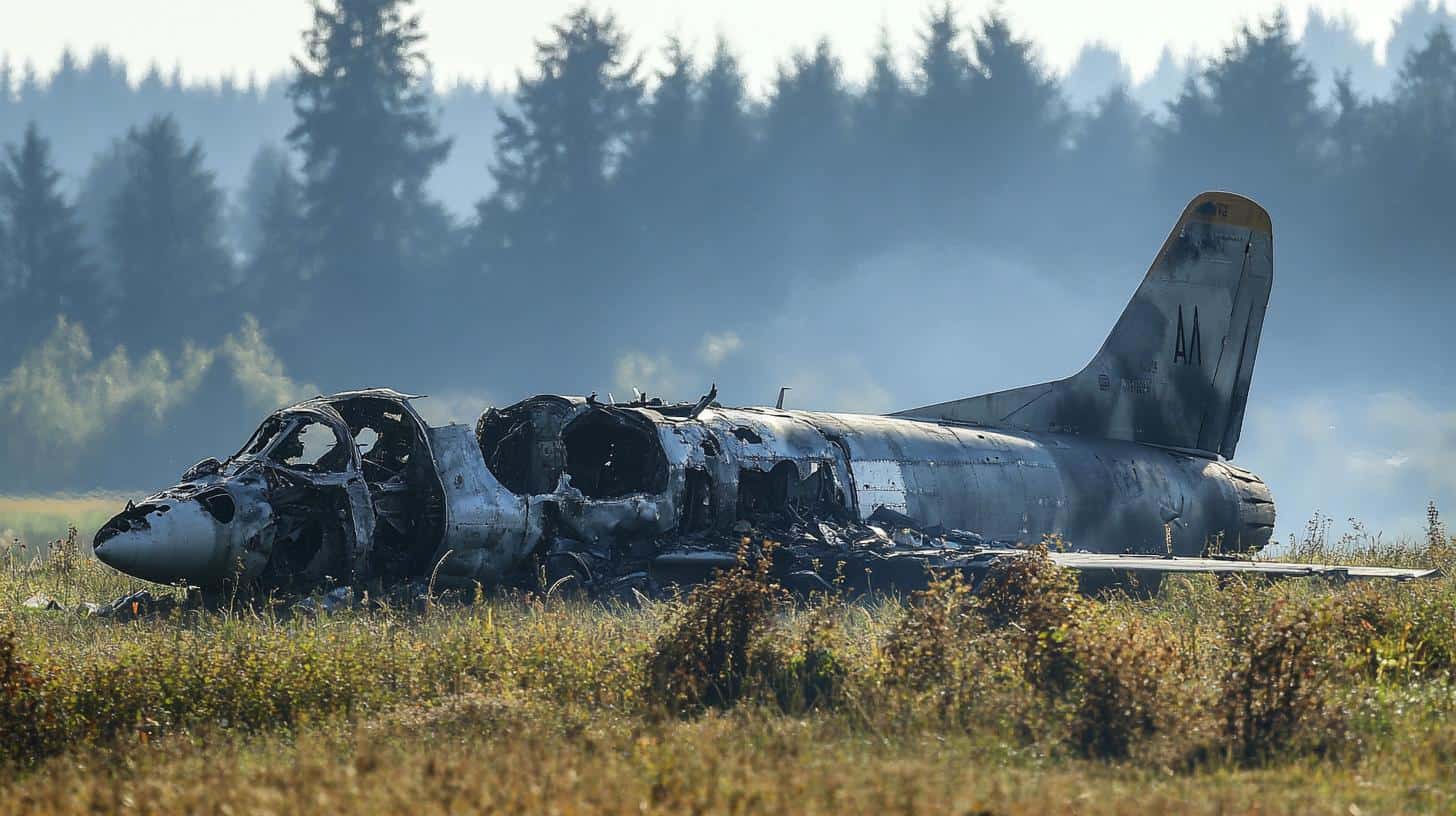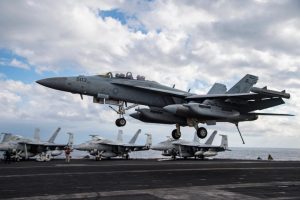Vanished in the Skies: Search Intensifies for Navy Jet Crew after Washington State Crash
USA NEWS – The wreckage of a U.S. Navy EA-18G Growler, a specialized fighter jet used in electronic warfare, was found on a remote mountainside east of Mount Rainier, Washington, on Wednesday afternoon. The aircraft, part of the Navy’s Electronic Attack Squadron 130, crashed during a routine training flight, leaving search teams in a race to find the two crew members still unaccounted for. Despite locating the wreckage, rescue efforts have yet to provide any clues about the fate of those aboard, intensifying concern as challenging terrain hampers the search.
The Navy deployed a full-scale search operation immediately following the crash, including the use of a MH-60S helicopter from Whidbey Island’s naval air station, where the squadron is based. This station, home to nearly all EA-18G Growler squadrons in the Navy, launched the aircraft on its ill-fated flight Tuesday afternoon. Weather conditions and the remote, mountainous landscape have made search efforts difficult, limiting visibility and accessibility. These challenges have underscored the dangers of such missions in harsh environments, as rescue teams continue working around the clock.
The EA-18G Growler, an advanced derivative of the F/A-18 Super Hornet, is integral to the Navy’s electronic warfare capabilities, capable of disrupting enemy radar and communications. As a member of the renowned “Zappers” squadron, the crew involved in this crash were part of an elite unit with a long history of service, dating back to 1959. The “Zappers,” formally known as Electronic Attack Squadron 130 (VAQ-130), are highly respected for their role in modern combat operations, having recently completed a nine-month deployment in the Red Sea aboard the aircraft carrier USS Dwight D. Eisenhower.
The deployment in July saw the squadron engage in significant combat missions, particularly focused on Yemen’s conflict zones, where strikes targeted Houthi-controlled territories. Their mission was a crucial element of the U.S. military’s presence in the Middle East, helping to secure strategic interests in the region. The experience and dedication of the squadron highlight the gravity of this ongoing search for the missing crew members, whose absence is keenly felt within their ranks.
Boeing’s EA-18G Growler, which first entered production in 2004 and began flying in 2006, costs approximately $67 million per unit. The aircraft’s cutting-edge technology allows it to perform critical electronic warfare tasks, which are essential in modern combat scenarios. Despite its advanced design, the cause of this particular crash remains under investigation. The Navy has yet to release the identities of the crew, adding to the growing concern surrounding their safety.
As the investigation continues, the Navy has established an emergency response center at Whidbey Island to coordinate ongoing efforts. Specialists and investigators are working to secure the crash site, which is inaccessible to vehicles, adding another layer of complexity to the operation. The response team faces a daunting task as they navigate both the physical challenges and the emotional toll of this search, reflecting the weight of uncertainty over the missing crew’s fate.
With rescue operations ongoing and the cause of the crash under review, the Navy’s focus remains firmly on the search for its personnel. The dedication of the search teams mirrors the resilience and commitment of the Navy’s forces, as the wider military community watches and waits for any developments. The tragic incident has brought the risks of training missions to the forefront, underscoring the daily sacrifices made by military personnel both in the field and at home.

